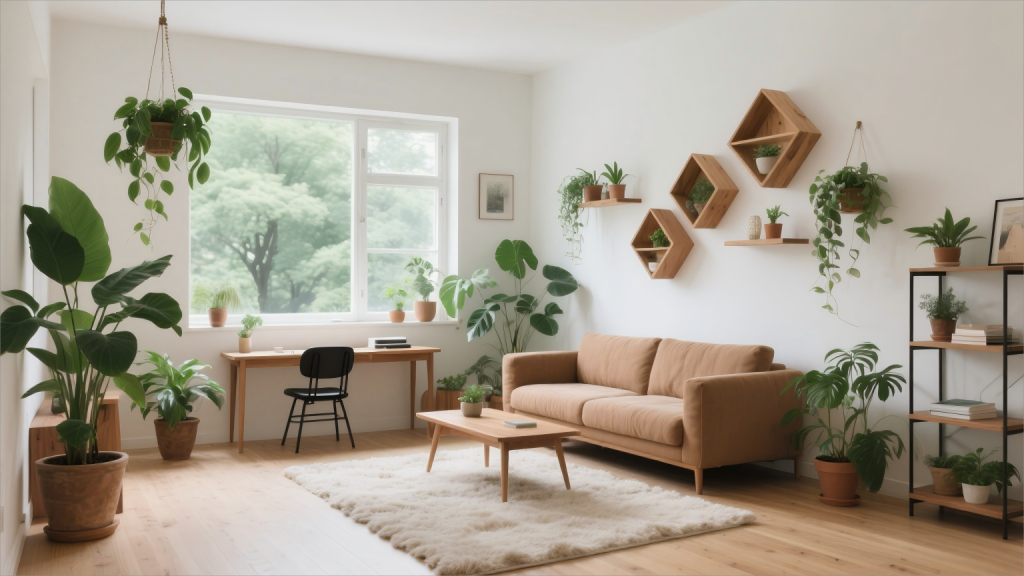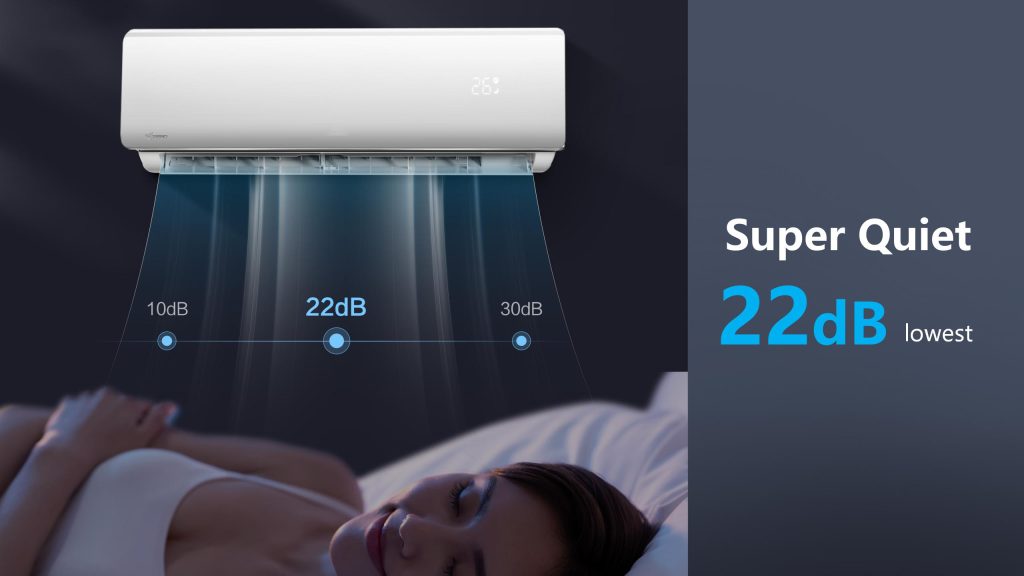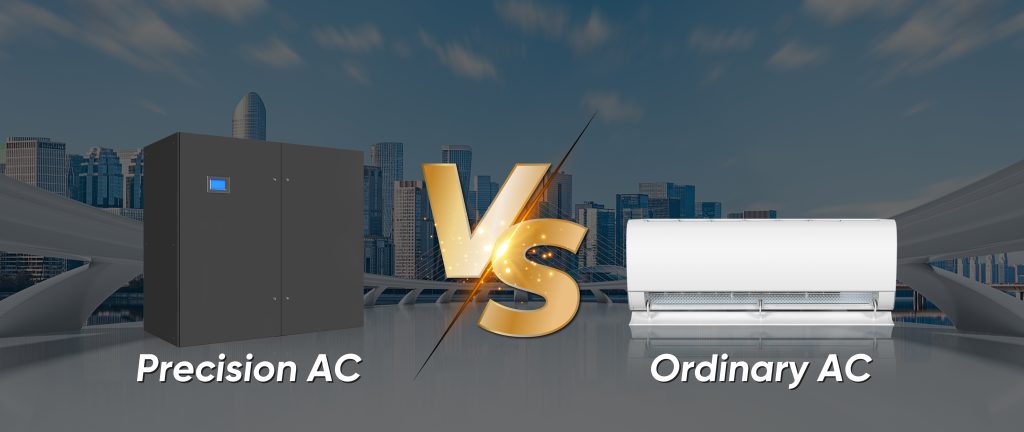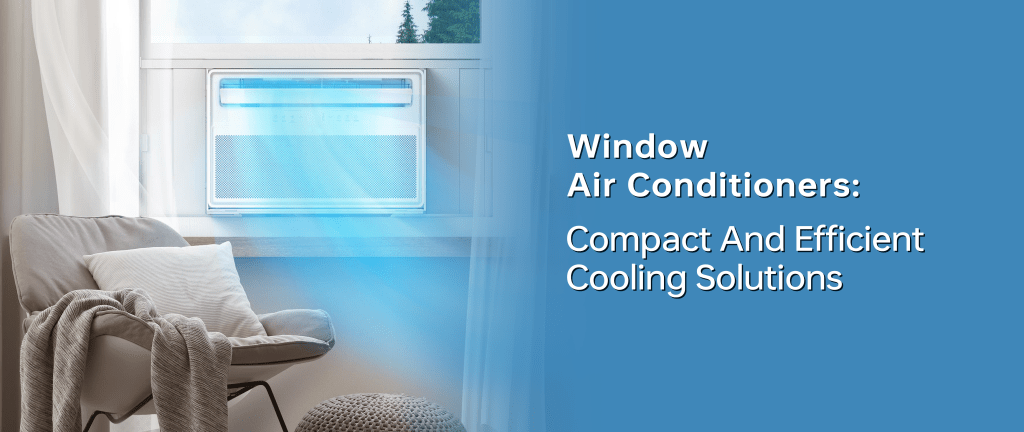When we walk into an air-conditioned space and immediately feel comfortable, we rarely stop to think about why. This sense of ease does more than just chill the room. This is the result of a delicate balance: the right thermal environment, low background noise, and clean, unscented air. Together, these dimensions create an overall indoor comfort that defines a truly livable space.
This article explores comfort from three oft-overlooked perspectives – human heat, noise and smell – and combines scientific insights, authoritative standards and everyday experience.

Thermal Comfort: More Than Just a Number on the Thermostat
Human Beings Are Not Thermometers
According to the ASHRAE 55 standard (Thermal Environmental Conditions for Human Habitation), true comfort is not only determined by air temperature, but also depends on mean radiated temperature (MRT), humidity, air flow rate, and personal factors such as clothing thermal resistance (Clo) and metabolic rate (Met).
ASHRAE employs PMV (predicted mean voting value) and PPD (predicted percentage of dissatisfaction) models to quantify comfort. Studies have shown that when the PMV is maintained between -0.5 and +0.5, about 80% of users will find the thermal environment “just right”.
This means that the “thermal comfort” is a kind of comprehensive feelings. Even if the temperature is set at 24°C, if the humidity is too high, people will feel sticky. If the airflow is too strong, the person may feel cold. Similarly, radiant heat from the window or metope difference, may also break the comfort, even if the numerical thermostat looks perfectly normal.
Practical Design Strategies
Zoning and control: The load varies among meeting rooms, offices and lobbies. Independent control can reduce energy waste and improve customer satisfaction.
Temperature gradient management: When the vertical temperature difference between the head and the feet exceeds 3-4 °C, the body will feel uncomfortable.
Airflow optimization: Maintain a gentle airflow of about 0.1-0.2m /s, which can enhance the cool feeling without the feeling of blowing air.
In other words, comfort does not depend on a single “ideal temperature,” but rather on the coordination of environmental variables with the physiological needs of the human body.
Acoustic Comfort: When Silence Speaks Louder
The Impact of Noise on Human Health
The World Health Organization (WHO) recommends that noise in bedrooms should be kept below 30 dB(A) at night to protect sleep. The ambient noise in the classroom should not exceed 35 dB(A) to ensure concentration.
Noise levels above 40-50 dB(A) may interfere with sleep cycles and reduce concentration. Long-term exposure is also associated with high blood pressure, increased stress, and increased cardiovascular risk.
Converted to daily life:
20-30 dB(A) : library-like quiet, close to a whisper.
30-40 dB(A) : equivalent to a comfortable office or a quiet conversation.
>50 dB(A) : It is clearly detectable and can cause interference in a study or rest environment.
Noise Standards in Indoor Spaces
For offices and meeting rooms, the ideal background noise level should be ≤ 35-40 dB(A).
Hotels and bedrooms: Nighttime noise should be controlled at ≤ 30 dB(A).
High-performance HVAC: The high-end system now emphasizes “22 dB ultra-quiet operation”, which is roughly equivalent to a whisper, making it very suitable for bedroom environments.

HVAC Design for Quiet Comfort
Silent Core Components: Variable-speed compressors and optimized fans minimize mechanical noise.
Airflow Path Design: Proper duct design reduces turbulence and diffuser noise.
Placement and Insulation: Rooftop units should account for vibration isolation; outdoor units should be located away from sensitive spaces.
When silence blends seamlessly into the background, people may not notice the HVAC at all – which is the ultimate measure of acoustic success.
Olfactory Comfort: The Invisible Dimension
Why Smell Matters
Smell is one of the most sensitive senses in the human body, and even very low concentrations of pollutants or volatile organic compounds (VOCs) can cause discomfort. Common sources of undesirable odors include:
Outdoor sources: Traffic exhaust, industrial emissions.
Indoor sources: carpets, paints, cleaning supplies.
Mold growth in the HVAC system itself: filters or condensate pans.
The presence of odors can directly affect people’s satisfaction with the indoor environment, even when the temperature and noise are in ideal conditions.

Standards and Air Quality Requirements
ASHRAE Standard 62.1 (“Ventilation and Acceptable Indoor Air Quality”) specifies minimum ventilation rates to dilute odors and maintain fresh air indoors.
How HVAC Contributes to Fresh Air
Filtration and purification: High efficiency filters (such as MERV grade, HEPA, activated carbon) can reduce dust, VOCs and odors.
Ventilation: Fresh air supply can dilute pollutants, ensuring appropriate air change frequency (ACH) is essential.
Humidity control: 30-60% relative humidity prevents the growth of mold and mildew, which are often the main source of bad odor.
Self-cleaning function: Evaporator cleaning and high-temperature drying can prevent the growth of microorganisms.
Fresh and odorless air not only eliminates discomfort but also creates a vibrant and healthy atmosphere.
The Human-Centered Perspective
Imagine an afternoon in an office: the room is cool but not drafty, you can hear your own thoughts without background hum, and the air feels light and fresh without any noticeable odor.

This is the everyday comfort people long for. It is rarely about precise technical values – 24 °C, 22 dB, 45% humidity – but rather about how these combine into a seamless human experience.
Design Principles for Human-Centered HVAC
- Design with Comfort Indices: Consider PMV/PPD, noise criteria (NC/RC), and ventilation rates together.
- Cross-Disciplinary Collaboration: Architects and mechanical engineers should integrate HVAC early in design, ensuring alignment with spatial and aesthetic goals.
- Lifecycle Thinking: Consider not just capital expenditure (CapEx) but also operational expenditure (OpEx), especially maintenance and energy use.
- Feedback Loop: Collect post-occupancy evaluations and adjust system operation to match real comfort needs.
Conclusion
True comfort is a sensory harmony. Temperature without drafts, quiet operation without background noise, and air that smells clean and fresh. These subtle factors define whether a space feels livable, productive, and restorative.
By rethinking HVAC from equipment to ecosystem, we can design systems that don’t just meet technical specifications, but truly resonate with human experience. Comfort is not just cooling – it is the architecture of well-being.





